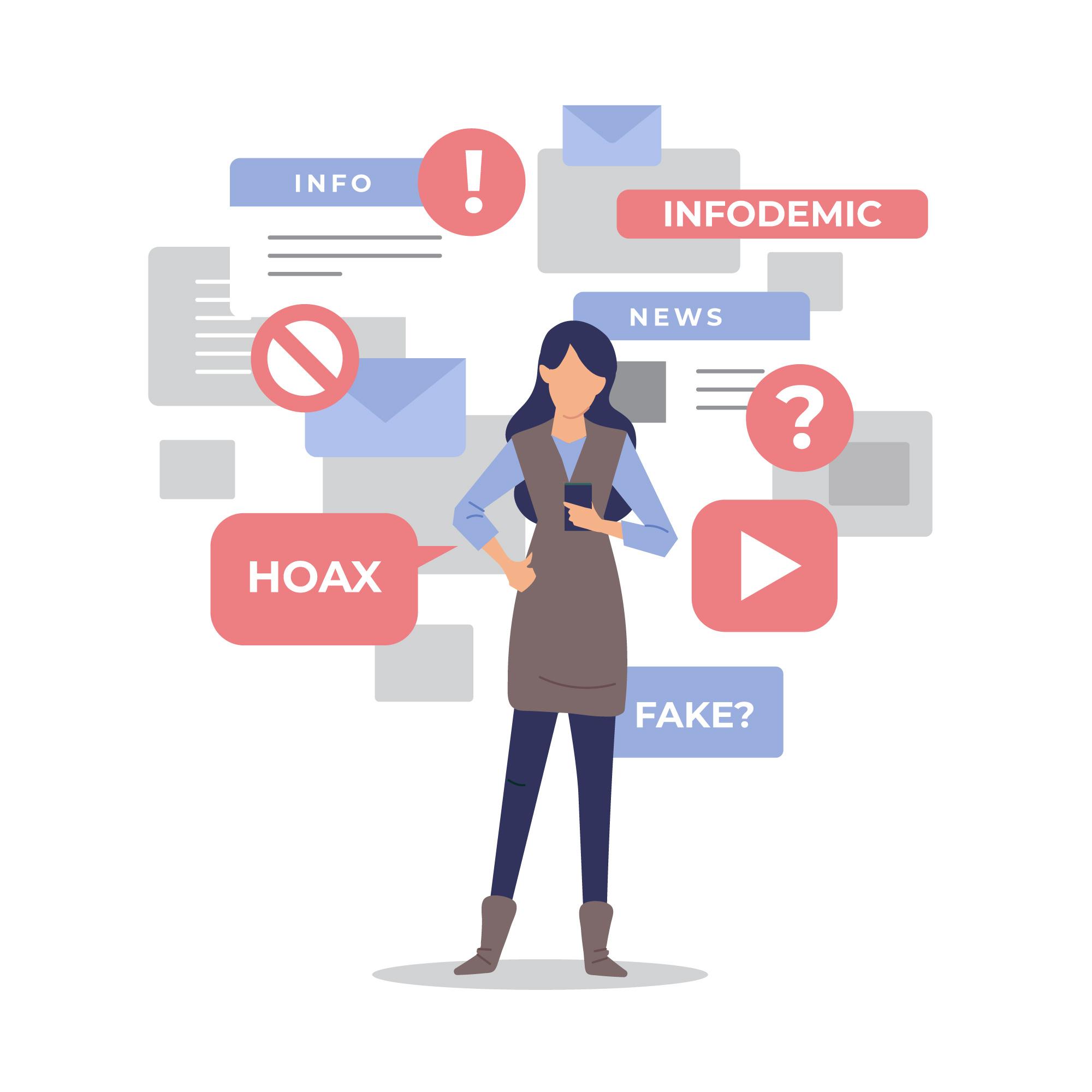Article by InnoHub
According to Article 19 of the Universal Declaration of Human Rights proclaimed in 1948 by the United Nations General Assembly, “Everyone has the right to freedom of opinion and expression; this right includes freedom to hold opinions without interference and to seek, receive and impart information and ideas through any media and regardless of frontiers”, but what is happening in the current situation of a global pandemic?
The outbreak of the Covid-19 health crisis has created a need for updated information, in real time and with as much data as possible to be able to face this new situation. Thus, it is evident that the new and continuous changes in the different national situations require a constant flow of information, which is why the media have been transmitting all the knowledge and data provided by the different institutions and experts.
However, this scenario has led to a pandemic that runs parallel to the health pandemic: the infodemic. For the World Health Organization (WHO), infodemia is “too much information including false or misleading information in digital and physical environments during a disease outbreak”. From an informational point of view, this spread of data can help fill information gaps in the population, but at the same time, it causes mistrust and amplifies harmful messages.
Consequently, we must learn to manage this infodemic through various actions such as listening to community concerns and questions, fostering understanding of risk and advice from health experts, building resistance to misinformation, engaging and empowering communities to take positive action.
In turn, Unesco points out that “COVID-19 disinformation creates confusion about medical science with immediate impact on every person on the planet, and upon whole societies. It is more toxic and more deadly than disinformation about other subjects. That is why this policy brief coins the term disinfodemic.
In addition, four key types of disinfodemic formats are identified: emotive narrative constructs and memes, fabricated websites and authorized identities, fraudulently altered, fabricated or decontextualized images and videos, and disinformation infiltration and orchestrated campaigns. Likewise, this disinfodemic often revolves around topics such as the origins and spread of the coronavirus or COVID-19 disease, false and misleading statistics, economic repercussions, disqualification of credible journalists and media, medical science, societal and environmental impacts, politicization, content driven by fraudulent economic gain, etc.
So what is the real difference between the two terms? Infodemic refers to an overabundance of information in the current pandemic context, in a general way and without having to be misinformation, i.e., it is the direct consequence of the constant need for information. On the other hand, disinfodemic refers directly to disinformation, so this type of information is born with the aim of intentionally misleading and trying to manipulate beliefs, emotions and opinions.
For these reasons, it is essential to encourage critical thinking and strengthen media literacy among citizens to allow them reliable access to information and the media so that they can detect, recognize and analyze fake news and disinformation.

